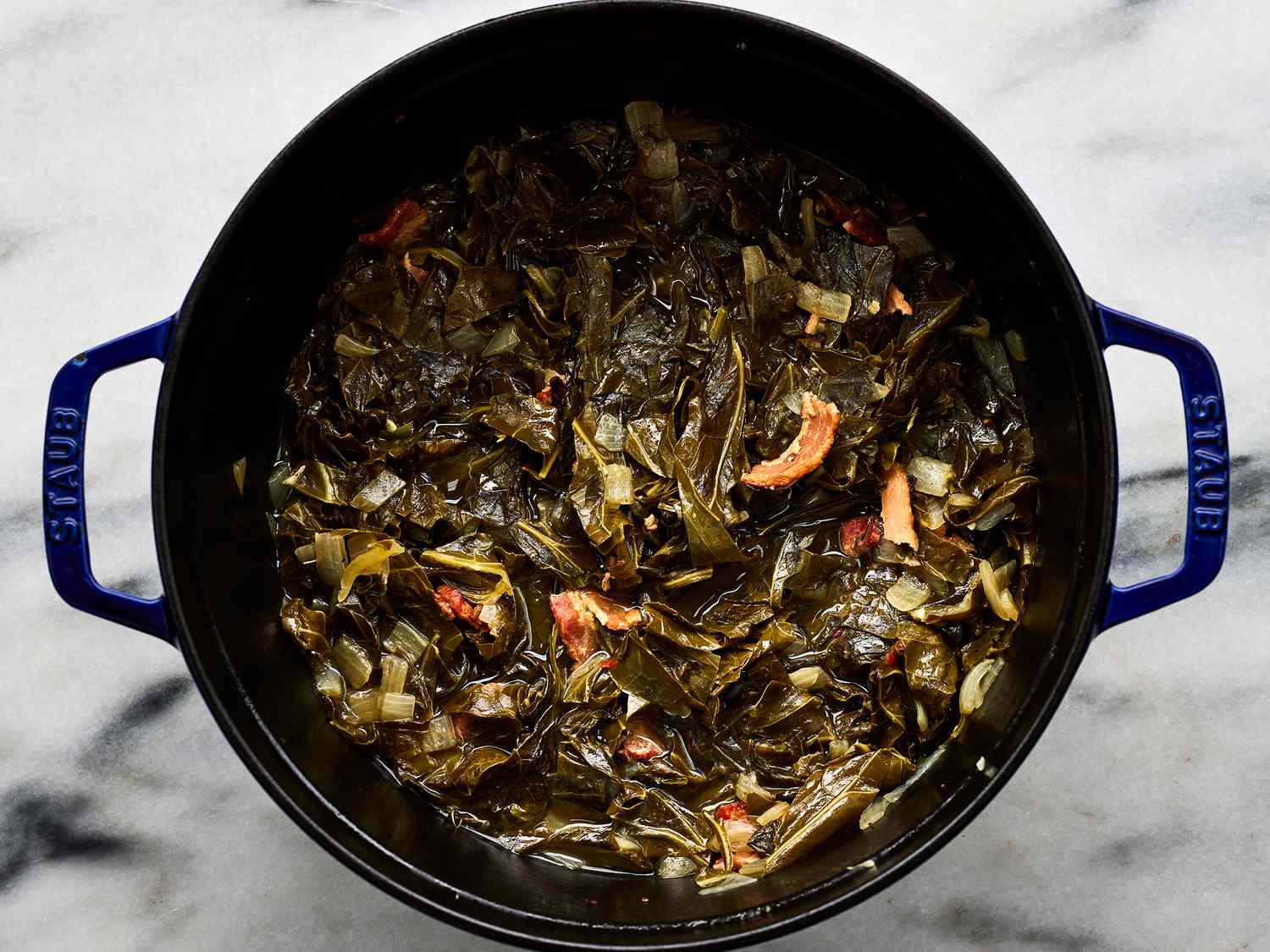

Articles
How To Cook Collards On Stove Top
Modified: September 1, 2024
Learn the step-by-step process of cooking collards on the stove top with our informative articles. Discover tips and techniques to create delicious collard greens at home.
(Many of the links in this article redirect to a specific reviewed product. Your purchase of these products through affiliate links helps to generate commission for Storables.com, at no extra cost. Learn more)
Introduction
Collard greens, with their dark green and robust leaves, are a nutritious and delicious vegetable that can be enjoyed in a variety of ways. One of the most popular methods of cooking collards is on the stovetop, as it allows for a quick and easy preparation while still maintaining the flavor and texture of the greens. Whether you’re a seasoned cook or a beginner in the kitchen, this article will guide you through the process of cooking collards on the stovetop, imparting tips and variations along the way to ensure a delectable outcome.
Before we delve into the cooking process, it’s important to understand how to select the best collard greens for your dish. Freshness is key when it comes to ensuring the optimal taste and nutritional value of your collards.
When choosing collard greens, look for leaves that are vibrant and firm, with no signs of wilting or yellowing. The leaves should feel crisp and have a slightly waxy texture. Avoid greens that appear limp or have brown spots, as this indicates they have started to deteriorate.
Now that you have a basic understanding of selecting fresh collard greens, let’s move on to preparing them for cooking on the stovetop.
Key Takeaways:
- Select fresh collard greens with vibrant, dark green leaves and sturdy stems for optimal flavor and texture. Properly washing, removing tough stems, and chopping the greens are essential steps before cooking on the stovetop.
- Simmer the collard greens over low heat for 45 minutes to 1 hour, adding optional flavorings and seasonings to achieve a harmonious blend of savory, sweet, tangy, and spicy elements. Test for doneness by tasting and checking the texture before serving and enjoying the dish.
Read more: How To Bake On The Stove Top
Choosing Fresh Collard Greens
When it comes to cooking with collard greens, selecting the freshest and highest quality greens is essential for the best flavor and texture. Here are some tips to help you choose the best collard greens for your dish:
- Look for vibrant leaves: Fresh collard greens should have vibrant, dark green leaves. Avoid greens with yellowing or browning leaves, as this indicates they may be past their prime.
- Check for crispness: The leaves should feel crisp to the touch. Avoid collards that feel wilted or have a limp texture. Crispness is a sign of freshness and ensures a better texture when cooked.
- Inspect the stems: The stems of the collard greens should be sturdy and relatively thick. Avoid collards with hollow or fibrous stems, as they can be tough and unappetizing when cooked.
- Avoid wilted or slimy leaves: Examine the leaves closely and avoid any that appear wilted or slimy. These are signs of spoilage and can result in a less enjoyable dish.
- Choose organic if possible: If available, opt for organic collard greens. Organic greens are grown without the use of synthetic pesticides and fertilizers, which can enhance the flavor and nutritional value of the greens.
Keep in mind that collard greens are at their peak freshness during the cooler months, typically from late fall to early spring. However, they can still be found year-round in many grocery stores or farmer’s markets.
By selecting fresh and high-quality collard greens, you are setting the foundation for a delicious and nutritious meal. Now that you know how to choose the best greens, let’s move on to preparing them for cooking on the stovetop.
Preparing Collard Greens
Before you start cooking collard greens on the stovetop, it’s important to properly prepare them to ensure optimal taste and texture. Follow these steps to prepare your collards:
- Wash the collard greens: Thoroughly rinse the collard greens under cold running water to remove any dirt or debris. Gently rub the leaves with your fingers to ensure all surfaces are clean.
- Remove tough stems: Collard greens have thick and tough stems that can be unpleasant to eat. To remove them, fold each leaf in half along its center vein and cut out the stem. Discard the stems or save them for another use like adding them to soups or stocks.
- Trim off any damaged parts: Inspect the leaves for any discolored or damaged areas. If you find any, trim them off with a sharp knife. This will ensure your collards look and taste their best.
- Chop the collard greens: Once the stems and damaged parts are removed, stack several leaves on top of each other and roll them tightly. Slice the rolled leaves perpendicular to the roll, creating thin strips. The size of the strips can be adjusted according to your preference.
By following these steps, you will have properly prepared collard greens that are ready to be cooked on the stovetop. The preparation process is simple and ensures that your collards will cook evenly and have a pleasant texture. Now that your collard greens are ready let’s move on to the cooking equipment you’ll need for stovetop preparation.
Cooking Equipment Needed
To cook collard greens on the stovetop, you’ll need a few essential cooking equipment items. Here’s what you’ll need:
- A large pot or Dutch oven: A pot or Dutch oven with a capacity of at least 6 quarts is ideal for cooking collard greens. The pot should have a tight-fitting lid to help retain heat and moisture during the cooking process.
- A sharp knife: A sharp knife will be essential for trimming the collard greens and preparing them for cooking. Choose a knife that feels comfortable in your hand and allows for precise slicing.
- A cutting board: A sturdy and clean cutting board provides a safe surface for chopping the collard greens. Look for a cutting board that is large enough to accommodate the size of the collard greens and allows for easy clean-up.
- A colander or strainer: Having a colander or strainer on hand will make it easy to rinse and drain the collard greens before cooking. Look for a colander or strainer that is large enough to hold the amount of greens you are preparing.
- A stirring utensil: A long-handled spoon or spatula will be useful for stirring the collard greens while they cook. Look for a heat-resistant utensil that can withstand high temperatures without melting or warping.
- Optional: Additional seasoning and flavoring ingredients: While not essential, you may want to have additional ingredients on hand to add flavor to your collard greens. This can include items such as bacon, onions, garlic, vinegar, or hot sauce.
These basic cooking equipment items should cover all your needs for cooking collard greens on the stovetop. Once you have gathered these items, you’re ready to start the cooking process. In the following steps, we’ll guide you through the process of cooking collard greens on the stovetop, from washing and cleaning to serving and enjoying.
Step 1: Washing and Cleaning
The first step in preparing collard greens for stovetop cooking is to give them a good wash to remove any dirt, debris, or pesticide residue. Follow these steps to properly wash and clean your collards:
- Fill a sink or large bowl with cold water: Start by filling a clean sink or large bowl with cold water. Make sure there’s enough water to fully submerge the collard greens.
- Rinse the collard greens: Hold each collard green leaf under running water and give it a good rinse. This will remove any loose dirt or debris on the surface of the leaves.
- Immerse the greens in water: Submerge the rinsed collard greens into the filled sink or bowl of cold water. Gently swish them around to loosen any remaining dirt or residue.
- Agitate the leaves: Use your hands to agitate the leaves gently. This will help dislodge any dirt or stubborn debris that may be clinging to the leaves.
- Inspect for cleanliness: Lift out a few leaves at a time and visually inspect them for cleanliness. If you notice any remaining dirt or debris, repeat the rinsing and agitating process.
- Drain the water: Once the collard greens are thoroughly washed, carefully lift them from the water and allow the excess water to drain. You can gently shake the leaves or pat them dry with a clean kitchen towel.
By washing and cleaning the collard greens before cooking, you remove any impurities that could affect the taste or texture of your dish. Once the greens are washed and dried, you can proceed to the next step of removing the tough stems.
Read more: How To Cook Okra On Stove Top
Step 2: Removing Tough Stems
Collard greens have thick and tough stems that can be challenging to chew and digest. To ensure a pleasant eating experience, it’s important to remove these tough stems before cooking. Follow these steps to remove the stems from the collard greens:
- Lay a collard green leaf on a cutting board: Place a single collard green leaf on a clean cutting board, with the underside facing up.
- Fold the leaf in half along the center vein: Fold the collard green leaf in half along the center vein, so the top half of the leaf covers the bottom half.
- Hold the folded leaf firmly: With one hand, hold the folded leaf firmly, ensuring a secure grip on both layers of the leaf.
- Cut along the stem: Using a sharp knife, carefully cut along the stem, starting from the bottom of the leaf and moving towards the top. Make a smooth, precise cut to remove the stem.
- Repeat with the remaining collard greens: Continue this process with each collard green leaf, folding, holding, and cutting along the stem until all the greens are stem-free.
Once you have removed the tough stems from the collard greens, discard the stems or save them for another use, such as adding them to soups or stocks for extra flavor. With the stems removed, you are now ready to chop the collard greens into smaller, bite-sized pieces for cooking.
Step 3: Chopping Collard Greens
After removing the tough stems from the collard greens, the next step is to chop them into smaller, manageable pieces for cooking. Follow these steps for chopping collard greens:
- Stack the collard green leaves: Gather a few collard green leaves and stack them on top of each other.
- Roll the leaves tightly: Roll the stacked collard green leaves tightly together, creating a compact cylinder shape.
- Secure the roll with your hand: Hold the roll of collard green leaves firmly with one hand to keep them in place while you chop.
- Make thin slices across the roll: With a sharp knife, slice across the rolled collard greens, perpendicular to the roll. Aim for thin slices, about 1/2-inch wide.
- Continue chopping the remaining leaves: Continue rolling and chopping the collard green leaves until you have chopped all of them into manageable pieces.
The size of the chopped collard greens can vary according to your preference. If you prefer smaller pieces, you can make narrower slices. If you prefer larger pieces, you can make wider slices. Adjust the thickness of the slices based on how tender or crispy you want the collard greens to be after cooking.
Once you have finished chopping the collard greens, they are ready to be cooked on the stovetop. In the next step, we will guide you through the process of cooking the collard greens and infusing them with delicious flavors.
To cook collards on the stove top, start by washing the leaves thoroughly and removing the tough stems. Then, sauté some garlic and onion in a large pot, add the collard greens and a bit of broth or water, and let them simmer until tender. Don’t forget to season with salt, pepper, and a splash of vinegar for extra flavor.
Step 4: Cooking Collards on Stove Top
Now that your collard greens are washed, stems removed, and chopped, it’s time to start cooking them on the stovetop. Follow these steps to cook collards on the stovetop:
- Heat a large pot or Dutch oven: Place a large pot or Dutch oven over medium heat on the stovetop. Allow it to heat up for a minute or two.
- Add cooking oil or fat: Add a tablespoon of cooking oil or fat to the pot and allow it to heat until shimmering. You can use olive oil, vegetable oil, butter, or bacon fat for added flavor.
- Add optional ingredients: If desired, you can add additional flavorings such as diced onions, minced garlic, or bacon to the pot. Sauté these ingredients until fragrant and slightly tender.
- Add the chopped collard greens: Once the optional ingredients are sautéed, add the chopped collard greens to the pot. Stir them well to coat them with the oil and flavorings.
- Add liquid: Add enough liquid to partially cover the collard greens. You can use broth, water, or a combination of both. This will help the collards cook and prevent them from drying out.
- Season to taste: Season the collard greens with salt, pepper, and any desired spices or herbs. You can use seasonings like smoked paprika, red pepper flakes, or a dash of vinegar for added flavor.
- Cover and simmer: Cover the pot with a lid and reduce the heat to low. Allow the collard greens to simmer gently for about 45 minutes to 1 hour, stirring occasionally. This will ensure they become tender and flavorful.
The cooking time may vary depending on the thickness and toughness of the collard greens. It’s important to taste and test the greens for doneness to ensure they are cooked to your desired tenderness.
Once the collard greens are cooked to your liking, they are ready to be seasoned and enjoyed. In the next step, we will explore different ways to season and flavor your cooked collards.
Step 5: Seasoning and Flavoring
After cooking the collard greens on the stovetop, it’s time to enhance their flavor with seasoning and additional flavorings. Follow these steps to season and flavor your cooked collards:
- Taste and adjust seasoning: Begin by tasting the cooked collard greens. Assess the flavor and determine if additional seasoning is needed. Add salt, black pepper, or other desired spices to enhance the taste.
- Consider flavor-boosting ingredients: Add extra flavor to the collard greens by incorporating ingredients such as hot sauce, vinegar, or lemon juice. These can add a tangy or spicy kick to balance the earthy flavors of the greens.
- Add a touch of sweetness: For a hint of sweetness, consider adding a touch of honey, maple syrup, or brown sugar. This can provide a pleasing contrast to the savory and slightly bitter notes of the collard greens.
- Include additional herbs and spices: To further enhance the flavors, experiment with herbs and spices such as thyme, rosemary, garlic powder, or cayenne pepper. These can add depth and complexity to the dish.
- Mix in cooked meats or beans: For added protein and flavor, mix in pre-cooked meats like bacon, smoked ham, or sausage. You can also add cooked beans such as black-eyed peas or navy beans for a heartier and more filling dish.
- Combine with other vegetables: If desired, mix in other cooked vegetables such as onions, bell peppers, or tomatoes. These can add variety and additional nutrients to the collard greens.
Remember to add these seasonings and flavorings gradually, tasting as you go, to achieve the desired balance of flavors. The collard greens should have a harmonious blend of savory, sweet, tangy, and spicy elements.
Once the collard greens are seasoned and flavored to your liking, they are ready to be served and enjoyed. In the next step, we will discuss the cooking time and heat required to cook collards on the stovetop.
Read more: How To Cook Carrots On The Stove Top
Step 6: Cooking Time and Heat
To achieve perfectly cooked collard greens on the stovetop, it’s important to consider the cooking time and heat level. Follow these guidelines to ensure optimal results:
- Simmer over low heat: Once you’ve added the chopped collard greens to the pot and added liquid, reduce the heat to low. This allows the collards to gently simmer and cook slowly.
- Cook for 45 minutes to 1 hour: The cooking time for collard greens can vary depending on their thickness and toughness. It generally takes about 45 minutes to 1 hour for the collards to become tender and develop their flavors.
- Stir occasionally: While simmering, be sure to stir the collard greens occasionally. This helps distribute the heat and moisture evenly, ensuring that the greens cook uniformly.
- Monitor the liquid level: Throughout the cooking process, keep an eye on the liquid level in the pot. If it starts to dry out, you may need to add more liquid to prevent the collards from sticking to the bottom of the pot.
- Adjust cooking time as needed: The cooking time can be adjusted based on your personal preference for the texture of the collard greens. If you prefer them more tender, you can cook them for a longer time. If you prefer them with a bit more bite, you can reduce the cooking time slightly.
Proper cooking time and heat are crucial for achieving tender and flavorful collard greens. Remember to test the greens for doneness by tasting a piece periodically. They should be cooked until they are tender but still have a slight hint of texture.
Once the collard greens reach the desired level of doneness, you can move on to the next step of testing for doneness before serving and enjoying the dish.
Step 7: Testing for Doneness
Testing the doneness of your collard greens is an important step to ensure they are cooked to the desired texture and tenderness. Here are a few methods to test for doneness:
- Taste a piece: Take a small piece of collard green from the pot and taste it. The greens should be tender, but still have a slight bite. If they are too tough or fibrous, they may need more cooking time.
- Check the texture: The collard greens should be soft and easily chewable. Gently pierce a piece with a fork or try cutting it with a knife to check for tenderness.
- Observe the color: The vibrant green color of the collard greens should deepen slightly as they cook. If the greens are still bright green and appear raw, they may need more cooking time.
- Test the stems: If your collard greens still have stems attached, check the tenderness of the stems. They should be soft and easy to eat. If the stems are still tough, continue cooking until they soften.
Remember that the cooking time can vary depending on the thickness and toughness of the collard greens. Adjust the cooking duration as needed to achieve the desired doneness and texture.
Once you are satisfied with the doneness of your collard greens, it’s time to move on to the final step of serving and enjoying this delicious dish.
Step 8: Serving and Enjoying
After all the effort and time spent cooking the collard greens on the stovetop, it’s finally time to savor and enjoy your delicious creation. Follow these steps to serve and savor your cooked collard greens:
- Transfer to a serving dish: Carefully transfer the cooked collard greens from the pot to a serving dish using a slotted spoon or tongs. This will help drain any excess liquid that may have accumulated.
- Garnish with desired toppings: Sprinkle your collard greens with optional toppings to enhance the flavor and presentation. Consider adding a drizzle of olive oil, a sprinkle of grated Parmesan cheese, or a squeeze of lemon juice for an extra touch of freshness.
- Serve hot: Collard greens are best enjoyed when served hot. Serve your dish immediately to maintain the pleasant warmth and texture of the greens.
- Pair with your favorite dishes: Collard greens make an excellent side dish that pairs well with a variety of main courses. Serve them alongside grilled meats, fried chicken, cornbread, or other Southern-inspired dishes.
- Enjoy leftovers: If you have leftovers, store them in an airtight container in the refrigerator. The flavors of the collard greens tend to develop even more over time, making them even more delicious as leftovers.
Collard greens are a versatile dish that can be enjoyed as a wholesome and nutritious addition to your meal. The tender greens, infused with delightful flavors and seasonings, are sure to be a hit at any gathering or simply during a cozy night at home.
Now that you’ve reached the final step, it’s time to serve up your stovetop-cooked collard greens, sit back, and relish in the satisfying flavors and textures of this classic Southern dish.
Enjoy!
Tips and Variations
Here are some tips and variations to help you further enhance your stovetop-cooked collard greens:
- For extra flavor, cook the collard greens with smoked meat such as ham hocks, smoked turkey legs, or bacon. The smoky and savory flavors will infuse into the greens, creating a rich and delicious dish.
- For a vegan or vegetarian version, omit the meat and use vegetable broth or water as the cooking liquid. You can add additional plant-based seasonings such as smoked paprika or liquid smoke to mimic the smoky flavor.
- Experiment with different seasonings and spices to customize the taste of your collard greens. Consider adding cumin, chili powder, or curry powder for a unique twist.
- If you prefer your collard greens with a bit of tanginess, add a splash of apple cider vinegar or balsamic vinegar during the cooking process. It will add a delightful tang and balance to the flavors.
- Try incorporating other leafy greens into the dish, such as kale or spinach, for added texture and nutritional value. Mix and match the greens to create your own unique blend.
- If you like a bit of heat, spice up your collard greens with crushed red pepper flakes or a dash of hot sauce. Adjust the amount according to your preferred spice level.
- Consider pairing your collard greens with traditional Southern side dishes like cornbread, black-eyed peas, or mac and cheese for a complete and satisfying meal.
- Don’t be afraid to adjust the cooking time and heat level to achieve your desired texture. Some prefer their collard greens softer and more tender, while others enjoy them with a bit of bite.
- Collard greens can be stored in an airtight container in the refrigerator for up to 3-4 days. Reheat them gently on the stovetop or in the microwave before serving as leftovers.
These tips and variations will help you explore different flavors and adapt the recipe to suit your preferences. Feel free to get creative and make the dish your own!
Now armed with these tips and variations, you’re ready to embark on your culinary journey of cooking delicious collard greens on the stovetop. Remember to enjoy the process and savor every bite of this comforting and nutritious dish!
Happy cooking!
Read more: How To Cook Fish On Stove Top
Conclusion
Cooking collard greens on the stovetop is a wonderful way to bring out the flavors and textures of this nutritious vegetable. By following the steps outlined in this article, you can prepare a delicious dish that is both satisfying and versatile.
Starting with selecting fresh collard greens, washing them thoroughly, and removing the tough stems, you lay the foundation for a successful stovetop cooking experience. The cooking equipment needed is minimal, and the process itself is straightforward.
Simmering the collard greens over low heat allows them to slowly cook, resulting in tender, yet slightly firm greens. Seasoning and flavoring the dish to your taste preferences and serving it alongside your favorite meats or vegetarian options make for a complete and satisfying meal.
With the tips and variations provided, you can explore different flavors and experiment with your collard greens, making each dish unique and customized. Whether you prefer a traditional Southern-style preparation with smoked meats or a vegan twist, the possibilities are endless.
Remember to test for doneness and adjust the cooking time and heat level as needed. The goal is to achieve the perfect balance of tenderness and texture in your cooked collard greens.
As you serve and enjoy your stovetop-cooked collard greens, take a moment to appreciate the effort and care you put into creating a delicious and nutritious dish. Share it with loved ones and savor the flavors, knowing that you have mastered the art of cooking collard greens on the stovetop.
So, go ahead and embark on your culinary adventure with collard greens. Whether you’re a seasoned cook or trying your hand in the kitchen for the first time, cooking collard greens on the stovetop is a rewarding experience that will leave your taste buds and your guests satisfied.
Enjoy and happy cooking!
Frequently Asked Questions about How To Cook Collards On Stove Top
Was this page helpful?
At Storables.com, we guarantee accurate and reliable information. Our content, validated by Expert Board Contributors, is crafted following stringent Editorial Policies. We're committed to providing you with well-researched, expert-backed insights for all your informational needs.
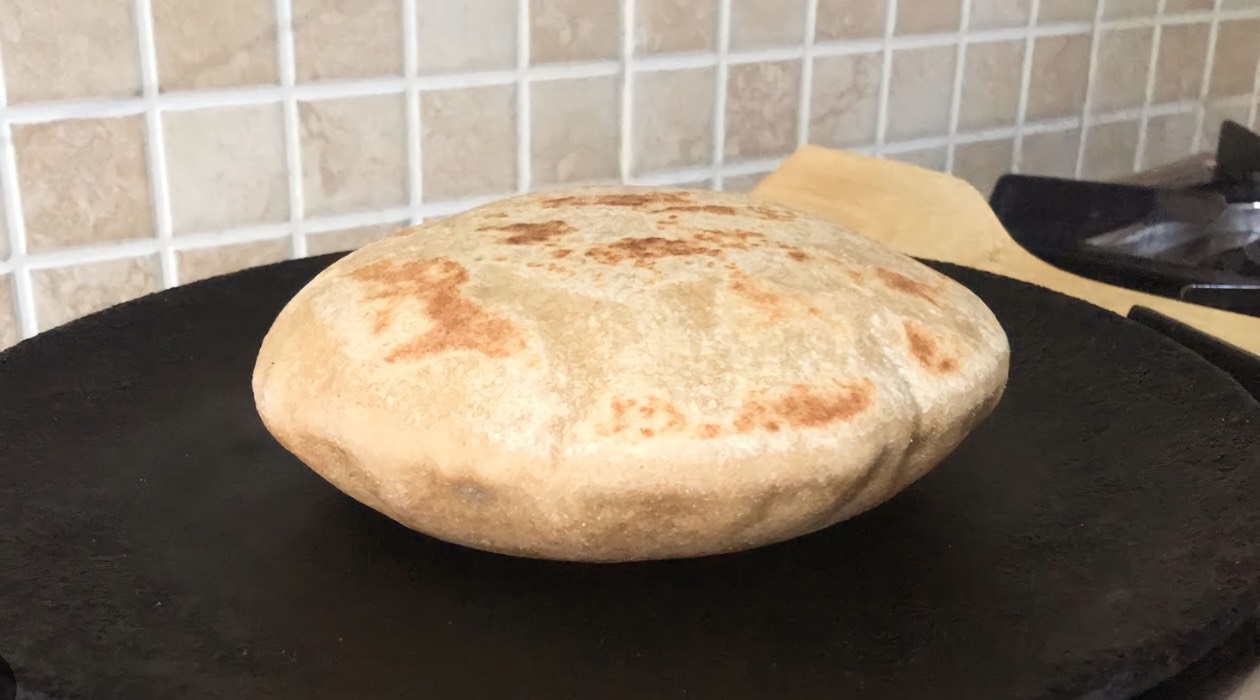
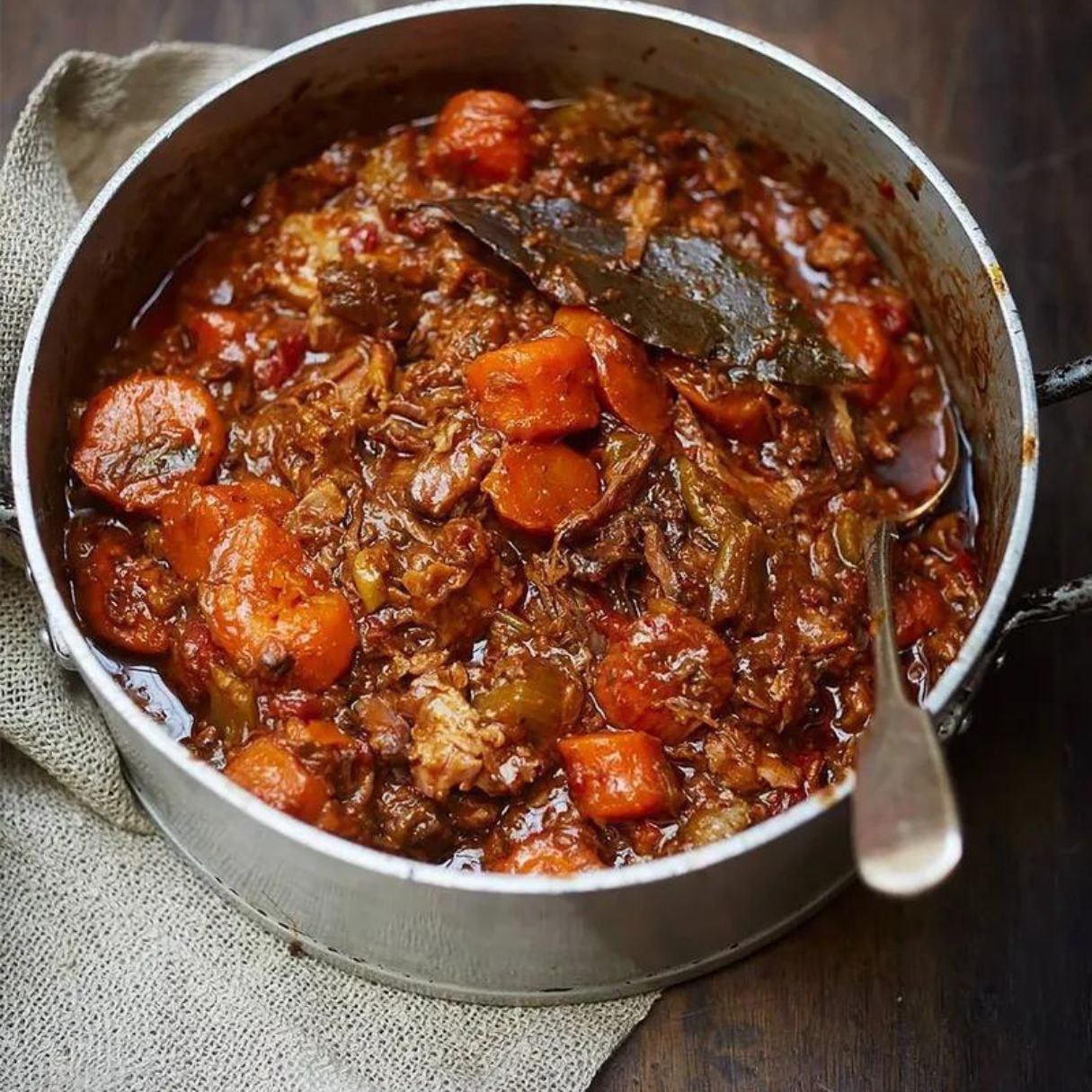
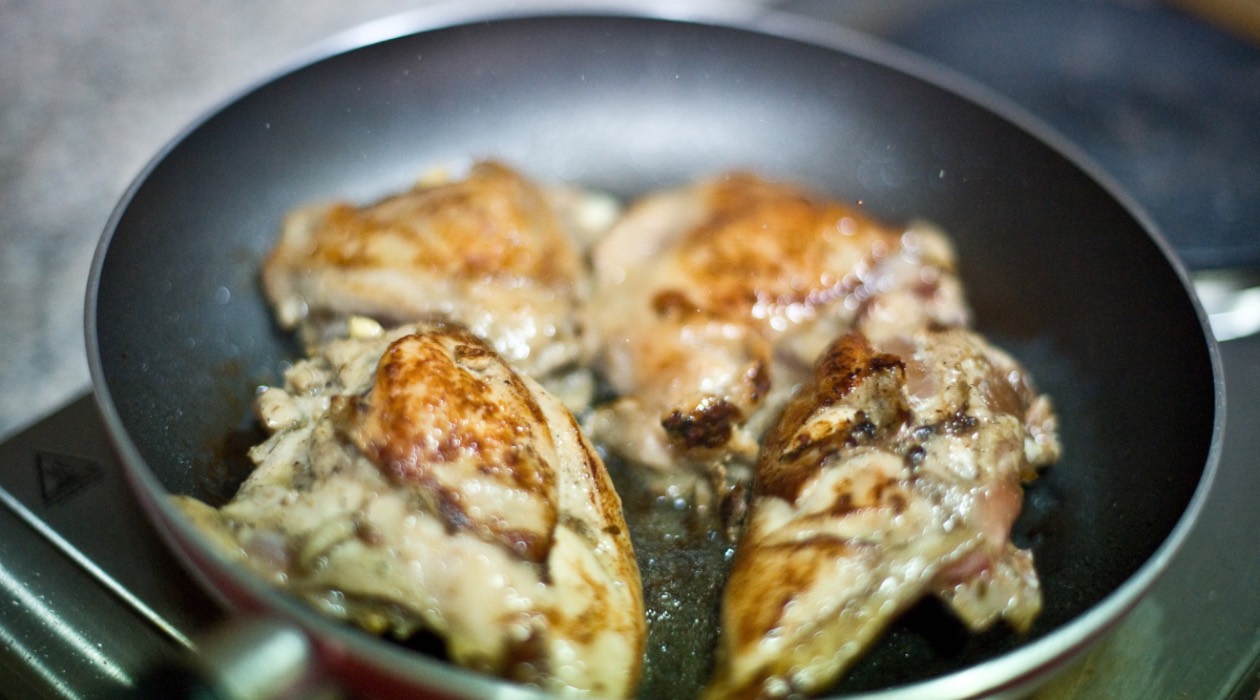
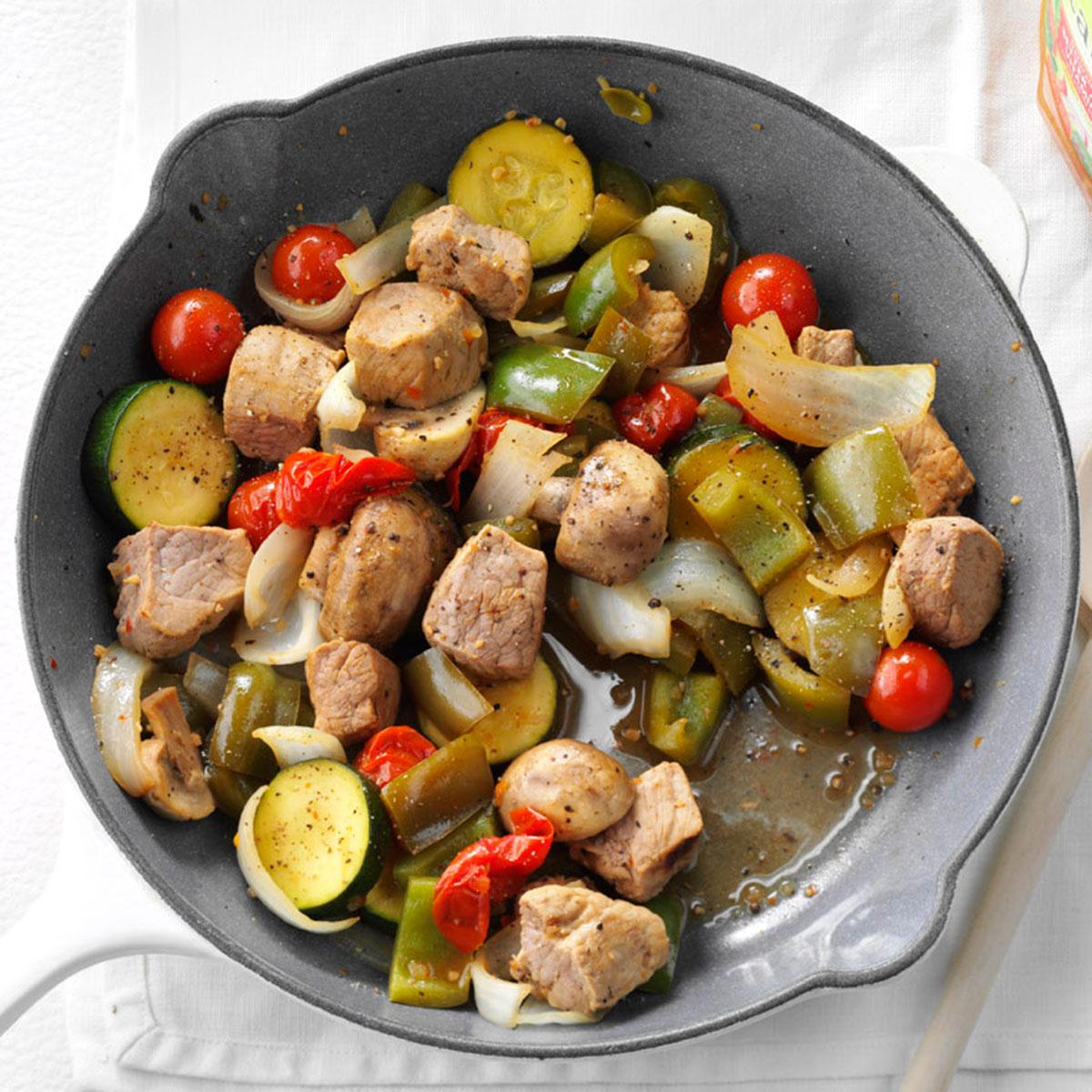
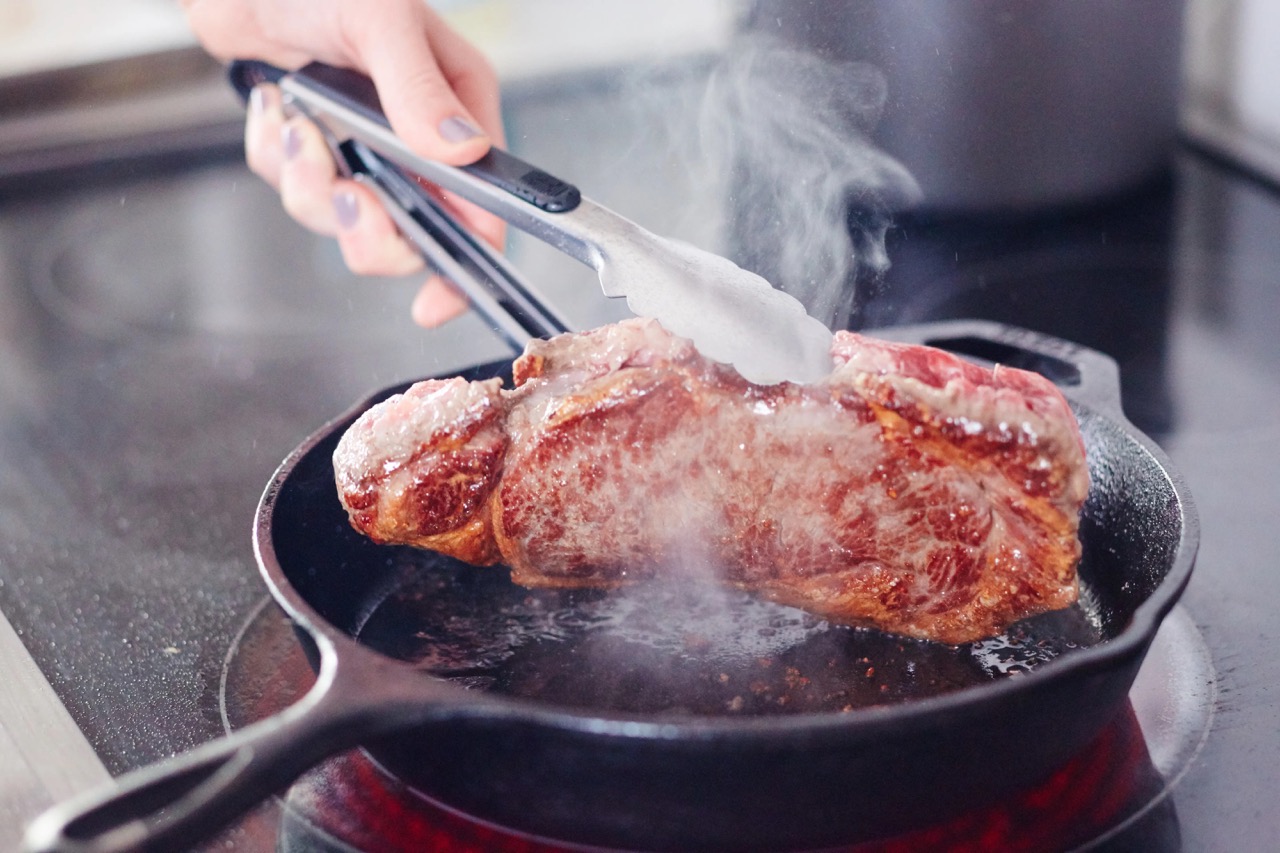
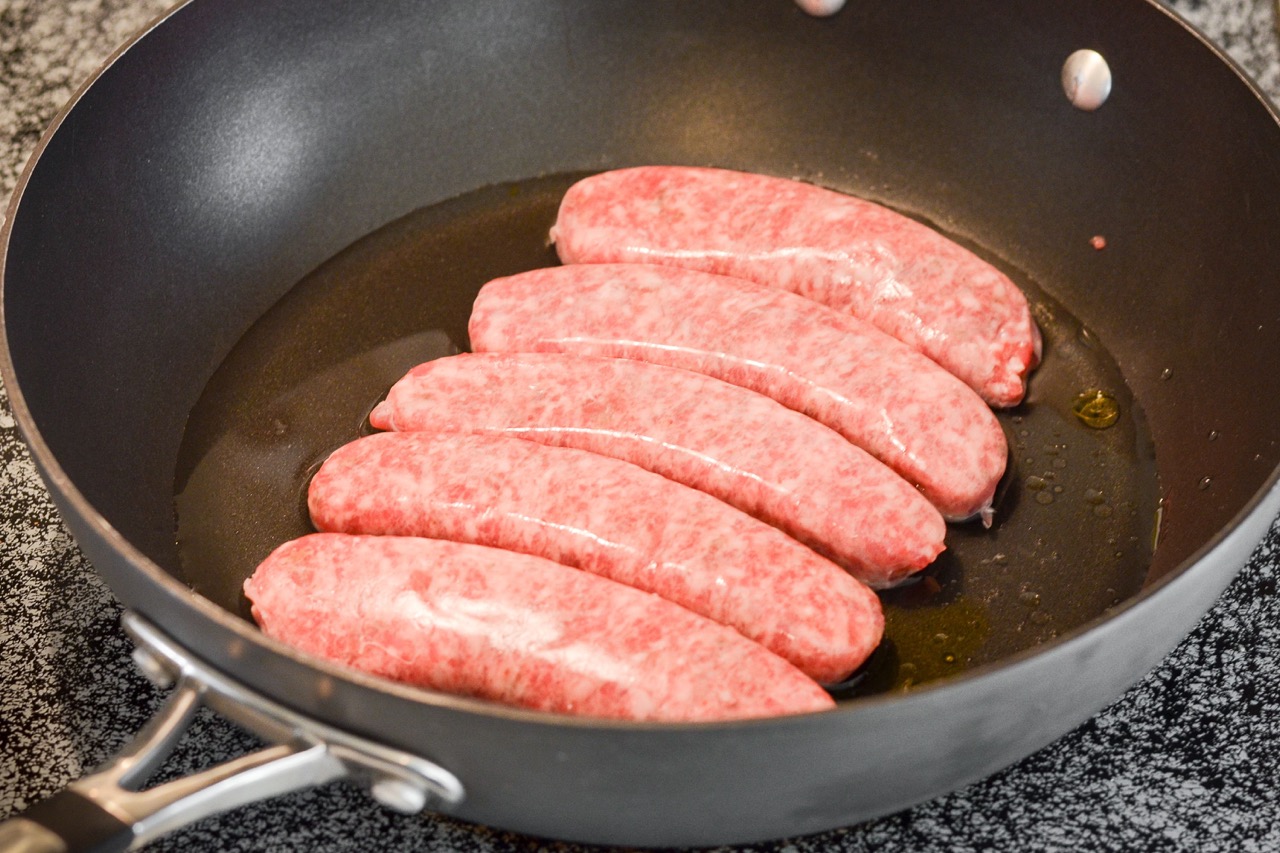
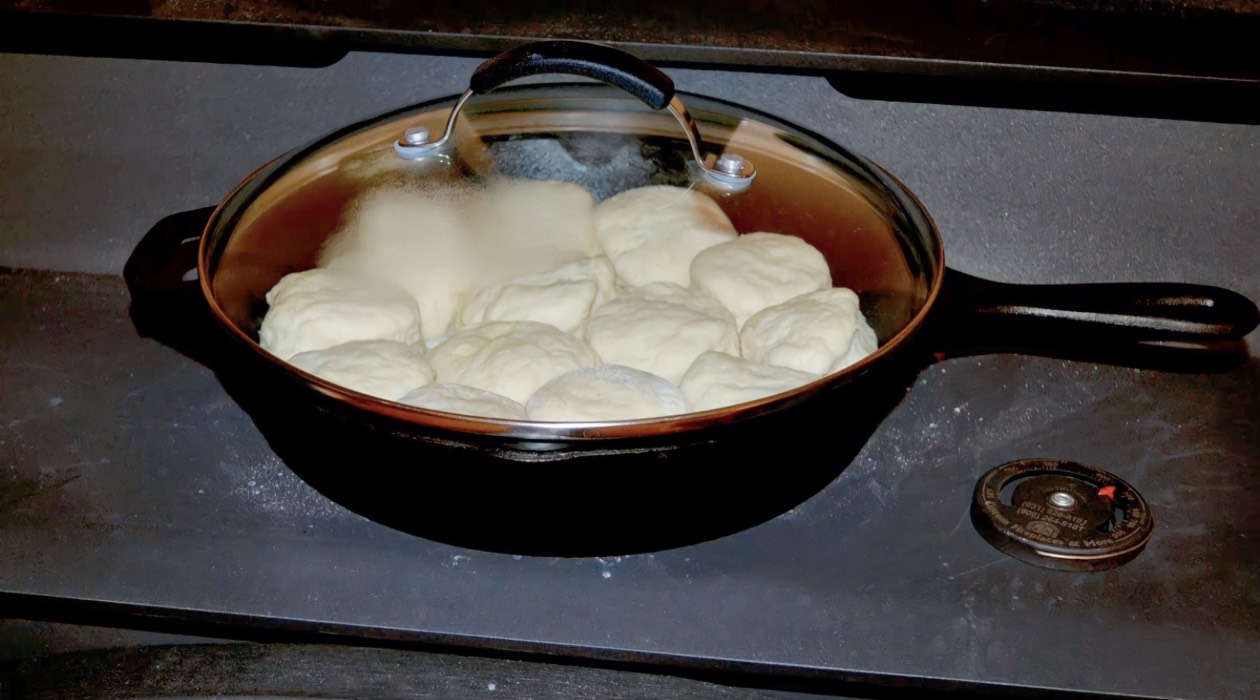
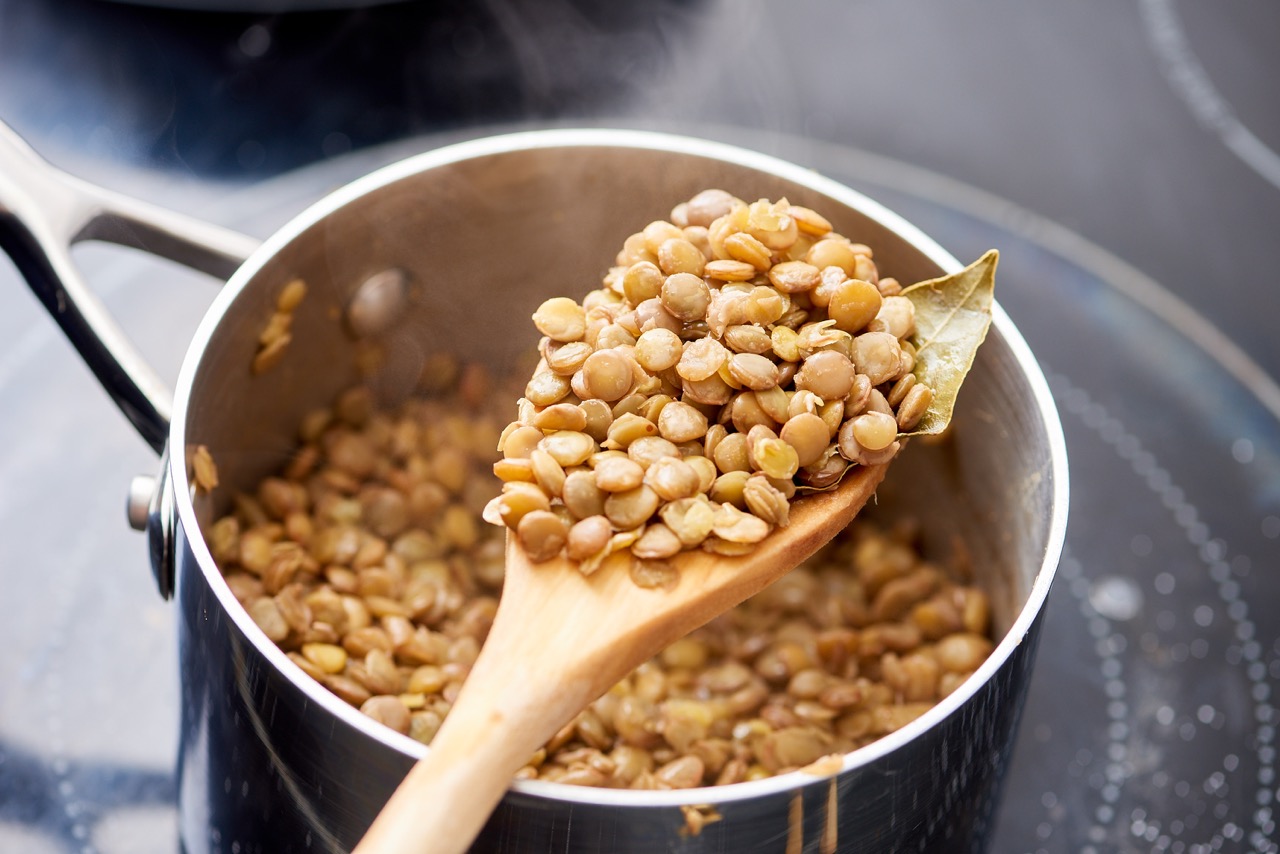
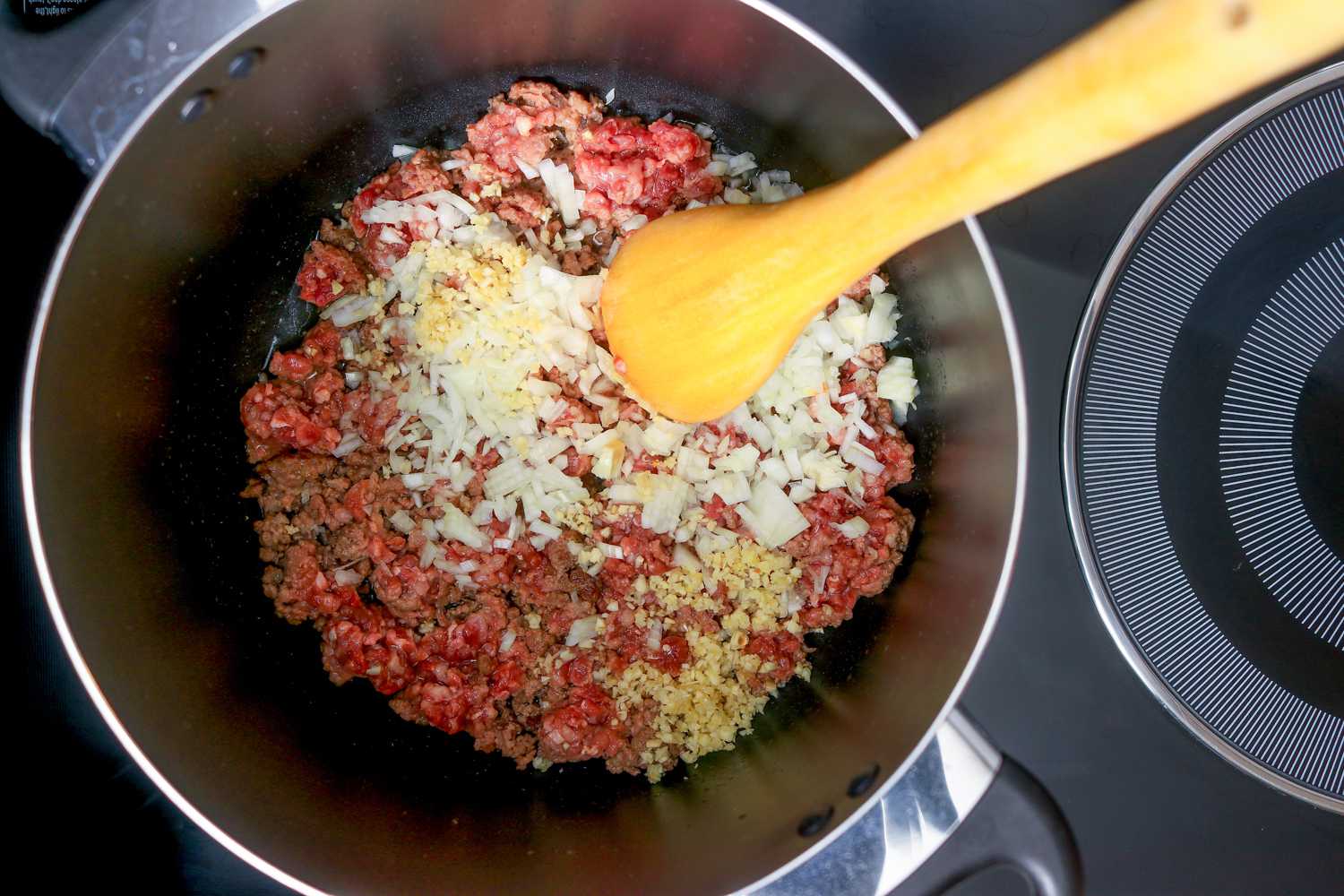
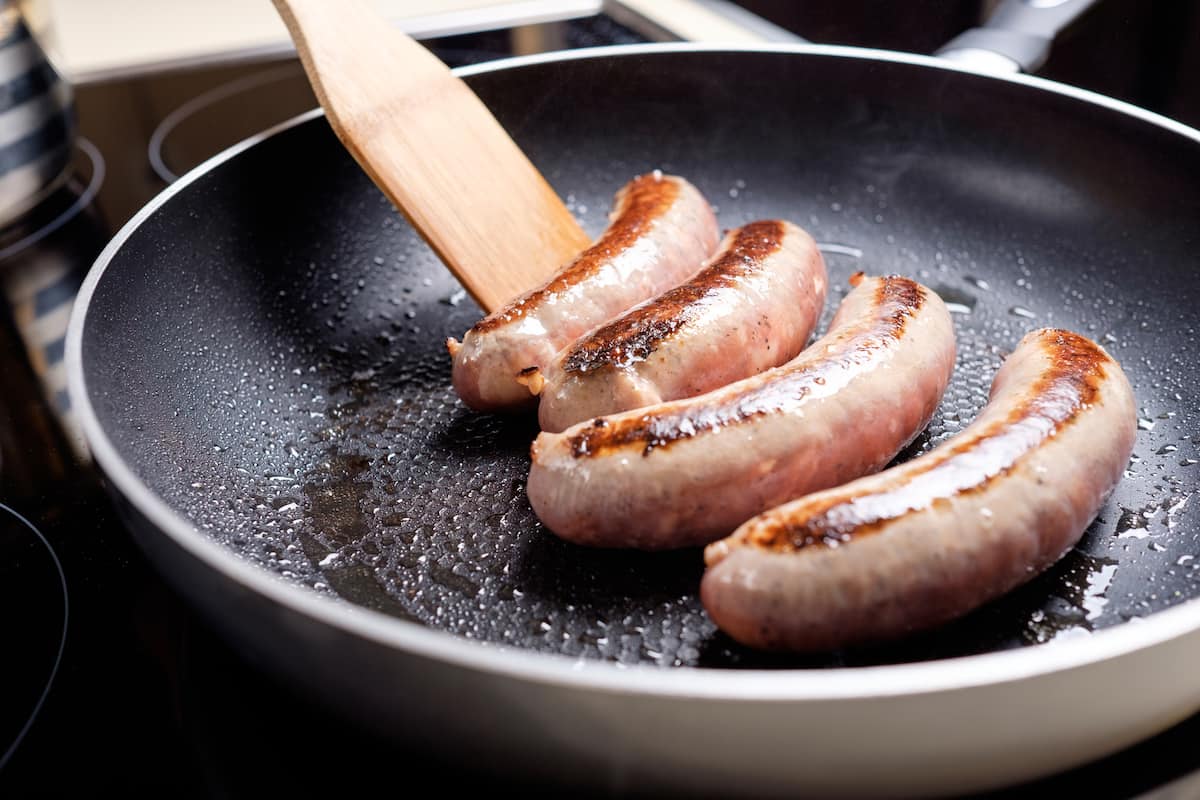
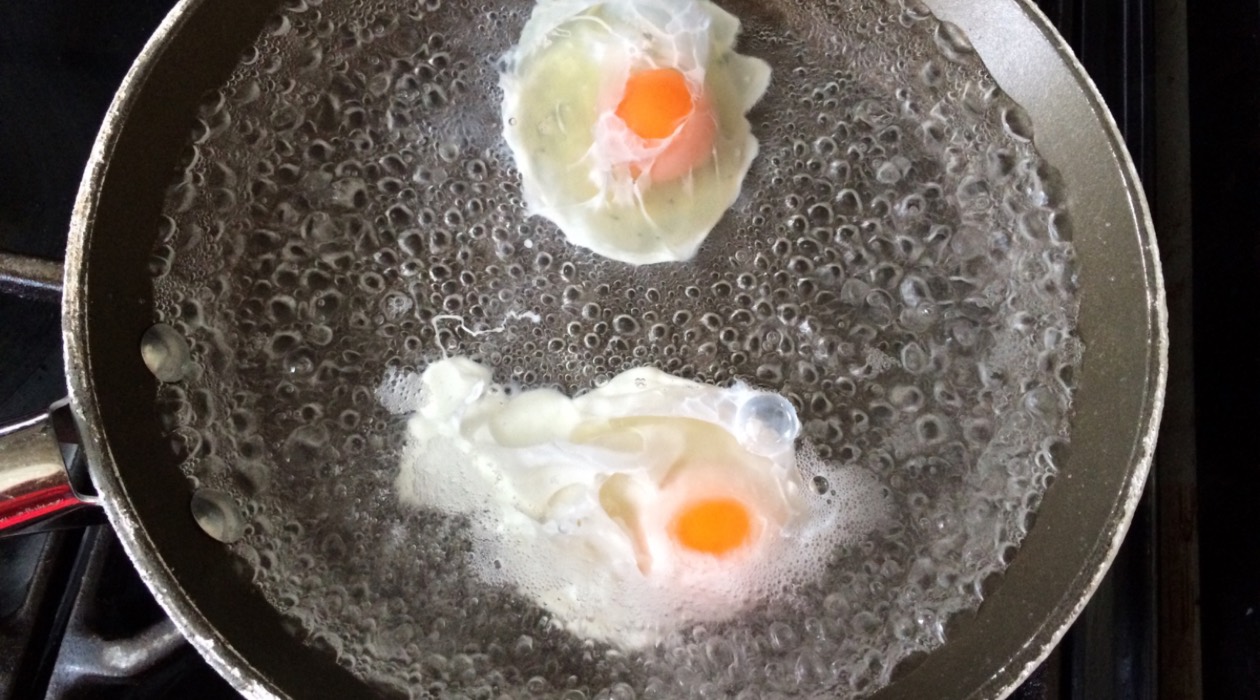
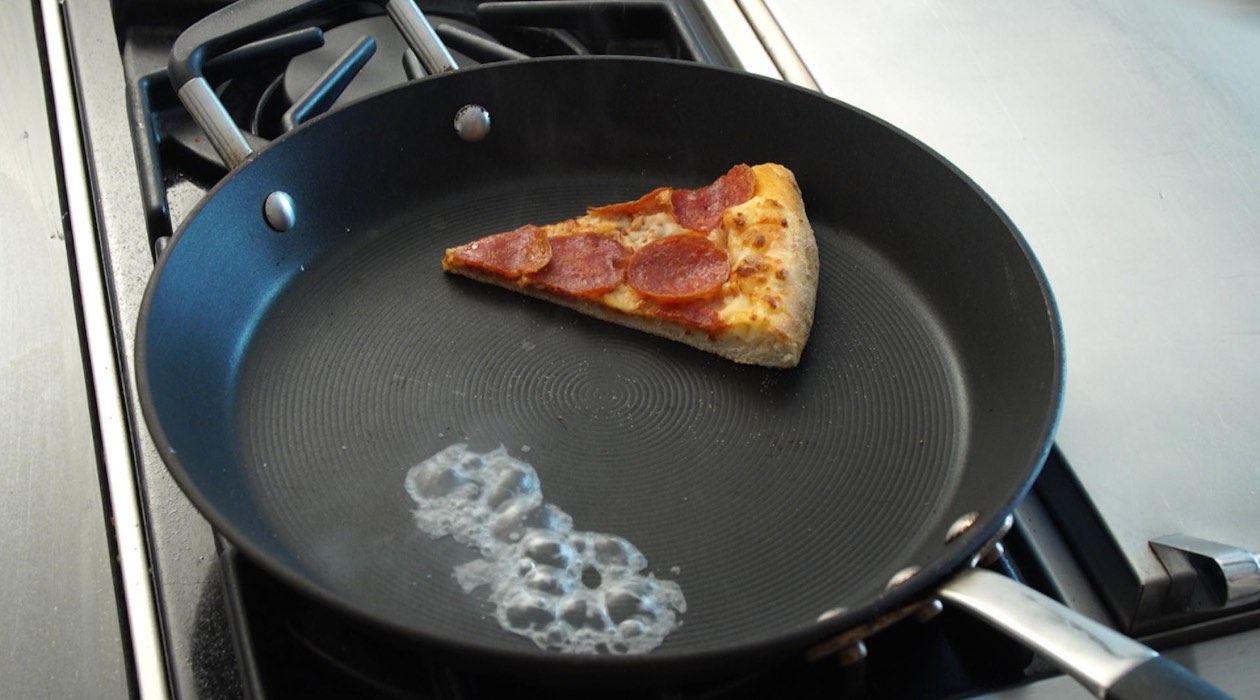

0 thoughts on “How To Cook Collards On Stove Top”